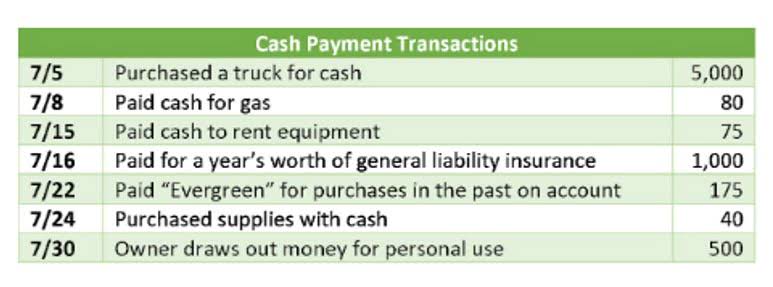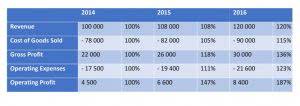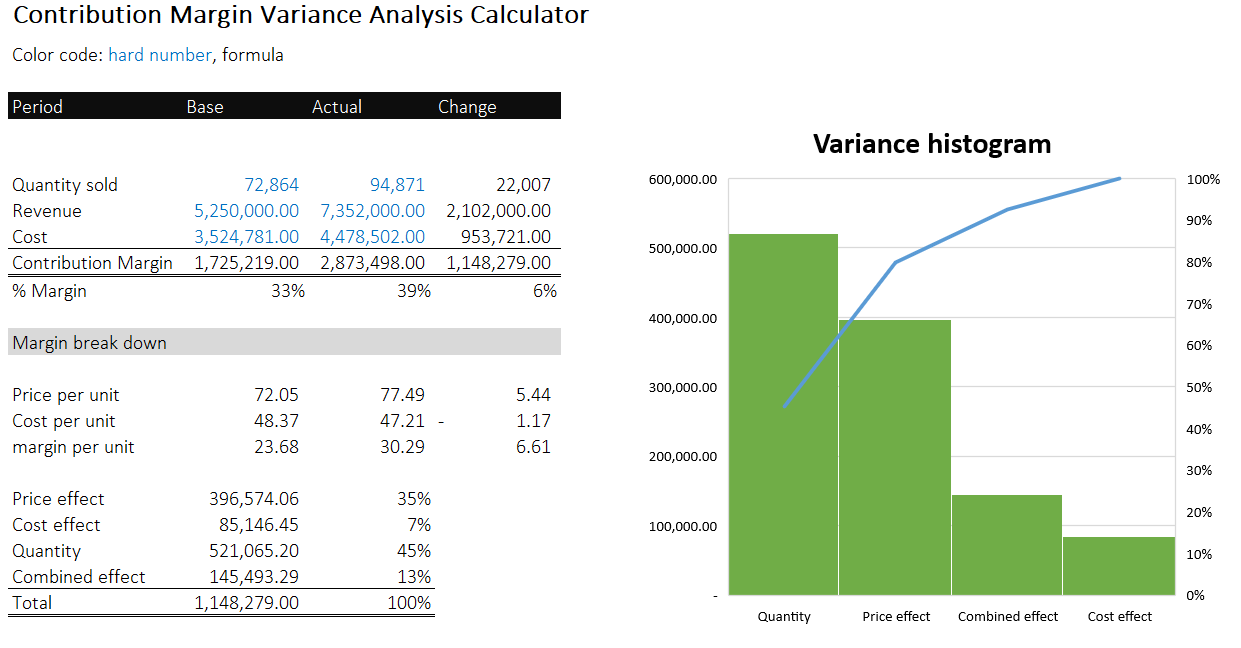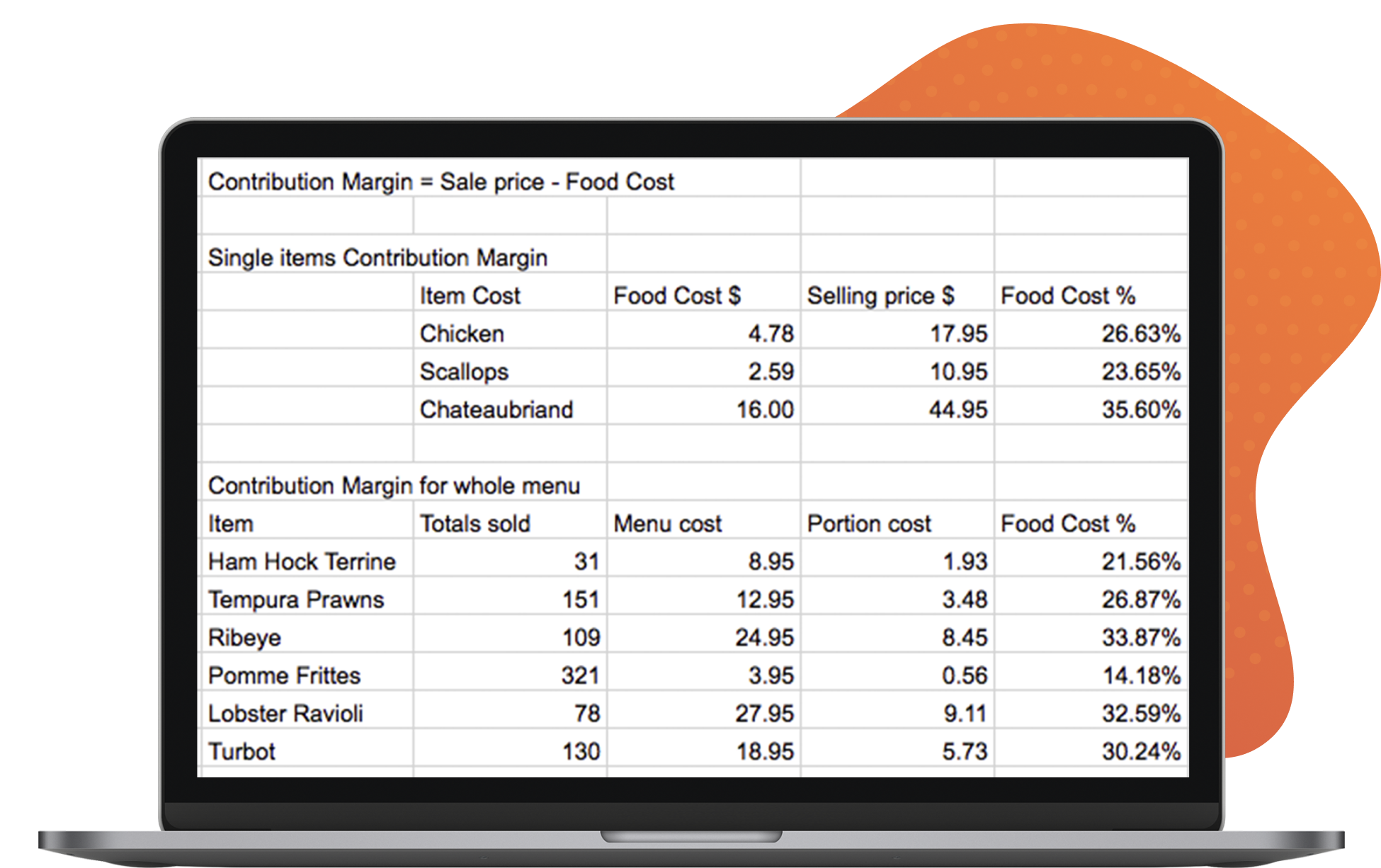Material Requisition Definition, Explanation and Format
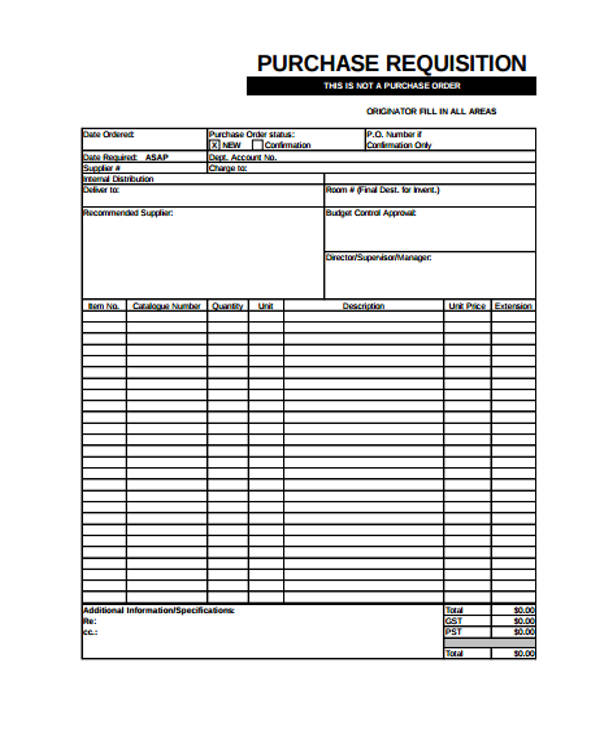
The requisition contains the job details, including desired candidate qualifications, role requirements, and job details. Some companies also post the target salary or salary range in the requisition. the rules for deducting business expenses on federal taxes The supplier receives the order, and, if accepted, contracts with the purchaser for the products requested. Streamline your corporate sponsorship application process with this easy-to-use template.
Material Issue Services Requisition Form
A costing method that assigns costs to specific units or batches of products, allowing for detailed tracking of expenses related to individual jobs. Overall, a requisition form is a critical component in managing an organization’s resources, facilitating smooth and responsible operations. This sample form is designed to efficiently handle requests for materials within an organization.
- It’s a basic yet important part of managing a company’s resources efficiently.
- If you’d like to accept payments online, integrate your supply order form with a payment gateway — Jotform offers more than 30 trusted providers to choose from.
- Understanding the differences between material and Purchase Requisitions Form is crucial for effective resource and procurement management within an organization.
- Helping organizations spend smarter and more efficiently by automating purchasing and invoice processing.
What is your current financial priority?
That’s because the picking information is sent to the warehouse as an electronic message in the system rather than making use of the form. The material requisition form is not used in a computerized production planning environment, where this picking information is instead sent to the warehouse as an electronic message. A Cleaning Supply Order Form is a form template designed to streamline the process of requesting and ordering cleaning supplies for businesses.
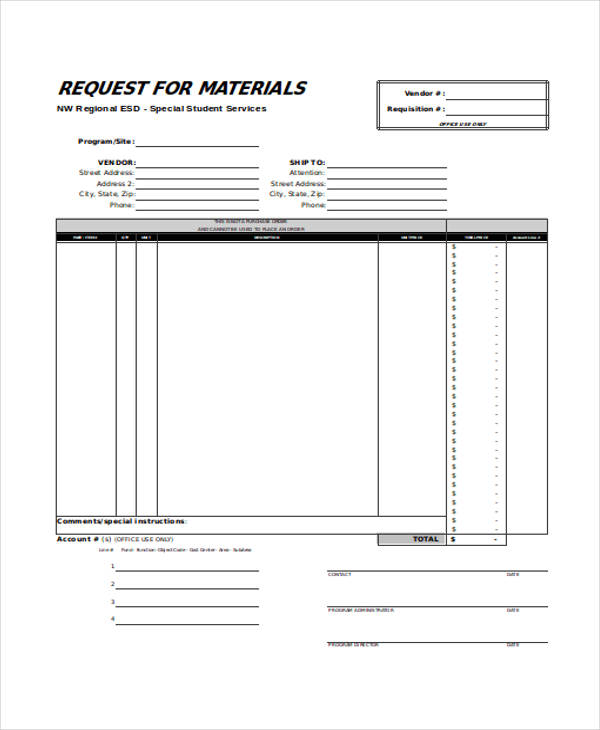
Additional Items
Collaborate seamlessly with your team, iterate effortlessly, and watch your business model evolve. Simplify the process of safeguarding your business operations by using our free, easy-to-follow template. Identify risks, plan for emergencies, and ensure seamless communication. Quickly identify and address workplace hazards with this Hazard Report Form template. It includes fields for hazard details, potential risks, and immediate actions taken.
In conclusion, the material requisition form is a critical document that plays an essential role in inventory management and material procurement. It enables businesses to streamline their inventory management processes, ensure that they have the materials needed for their projects, and track inventory levels. Businesses that use material requisition forms will benefit from improved efficiency, better inventory management, and more accurate tracking of materials.
After receiving a materials requisition form, the store-keeper issues the required materials to the correct job and enters the details in the appropriate bin card. Also known as a requisition slip or materials requisition note, a materials requisition form is a document that authorizes and records the issue of materials for use. Whether you need to restock office supplies or lab supplies, Jotform will supply you with the tools you need to organize orders more efficiently. Our online Supply Order Forms can process item requests, delivery information, and payments simultaneously.
Unless a service invoice is to be prepared from this document, it usually does not include item costs or prices. If the materials have to be delivered, then a delivery address should be included on the Material Requisition Form as well. And if the form will be used as a basis for a service invoice, then the cost of the materials can be included as well so it is easier to calculate the total cost for the service/s provided. The articles and research support materials available on this site are educational and are not intended to be investment or tax advice. All such information is provided solely for convenience purposes only and all users thereof should be guided accordingly.
Designed for businesses, this user-friendly form helps streamline communication and gather essential details efficiently. Efficiently manage your material requests with this simple and professional Material Requisition Form. Easily track inventory, control costs, and ensure authorization for all material requests.
He has been the CFO or controller of both small and medium sized companies and has run small businesses of his own. He has been a manager and an auditor with Deloitte, a big 4 accountancy firm, and holds a degree from Loughborough University. If approved, the form would be sent to the purchasing department to initiate the order from the steel supplier.
Kojo integrates with the ERP and Project Management systems you already use, ensuring consistent and up-to-date material cost data across your teams and systems. One solution to plan, purchase, track, receive, and pay for your materials. Understanding the differences between material and Purchase Requisitions Form is crucial for effective resource and procurement management within an organization. You can also use it as a basis for ordering any inventory items that are currently out of stock. Helping organizations spend smarter and more efficiently by automating purchasing and invoice processing.



